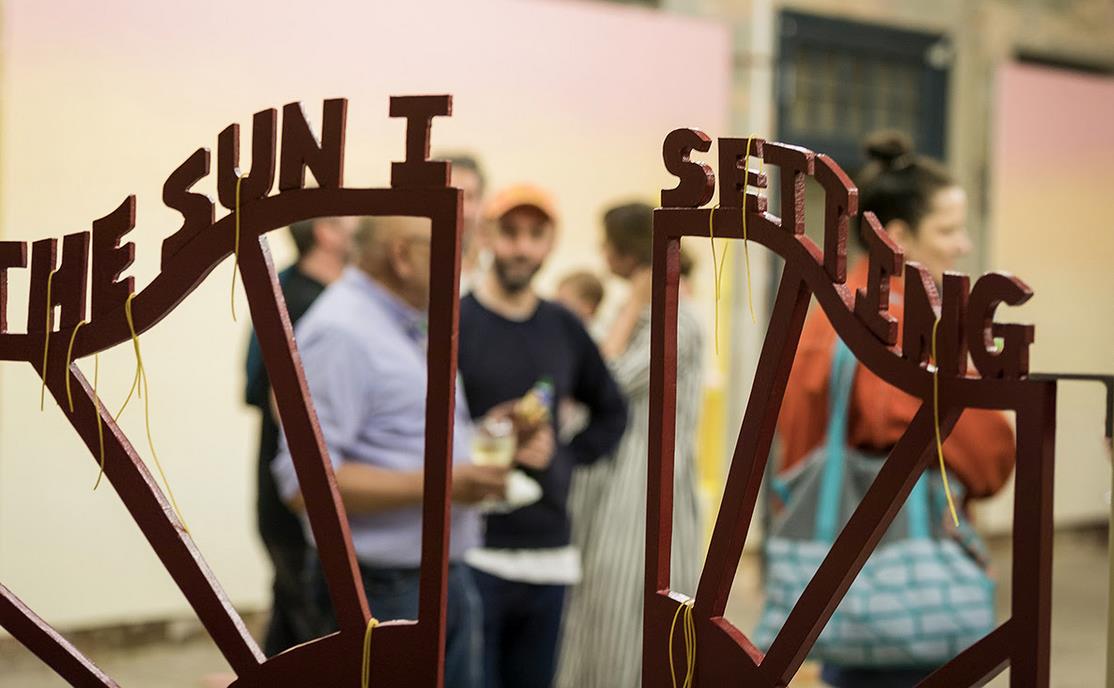Two-time Academy Award nominated-actress Naomi Watts will receive the 2019 Orry-Kelly Award at the Australians in Film’s (AiF) 8th Annual AiF Awards Gala and Benefit Dinner, held in Los Angeles (23 October).
The Orry-Kelly Award is given to an Australian whose body of work has provided inspiration globally in film and television and who continues to give back to the Australian industry.






